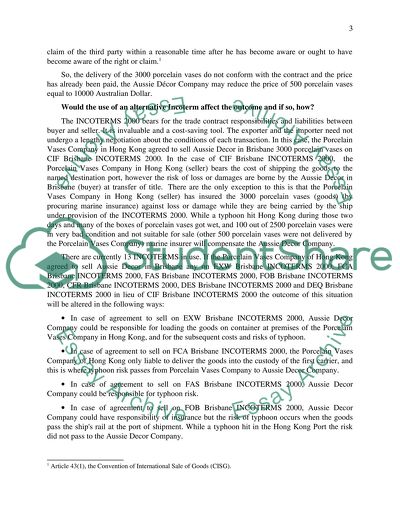Cite this document
(“The Contract Law of Australia Article Example | Topics and Well Written Essays - 3750 words”, n.d.)
The Contract Law of Australia Article Example | Topics and Well Written Essays - 3750 words. Retrieved from https://studentshare.org/law/1515058-international-business-law-master-essay
The Contract Law of Australia Article Example | Topics and Well Written Essays - 3750 words. Retrieved from https://studentshare.org/law/1515058-international-business-law-master-essay
(The Contract Law of Australia Article Example | Topics and Well Written Essays - 3750 Words)
The Contract Law of Australia Article Example | Topics and Well Written Essays - 3750 Words. https://studentshare.org/law/1515058-international-business-law-master-essay.
The Contract Law of Australia Article Example | Topics and Well Written Essays - 3750 Words. https://studentshare.org/law/1515058-international-business-law-master-essay.
“The Contract Law of Australia Article Example | Topics and Well Written Essays - 3750 Words”, n.d. https://studentshare.org/law/1515058-international-business-law-master-essay.


